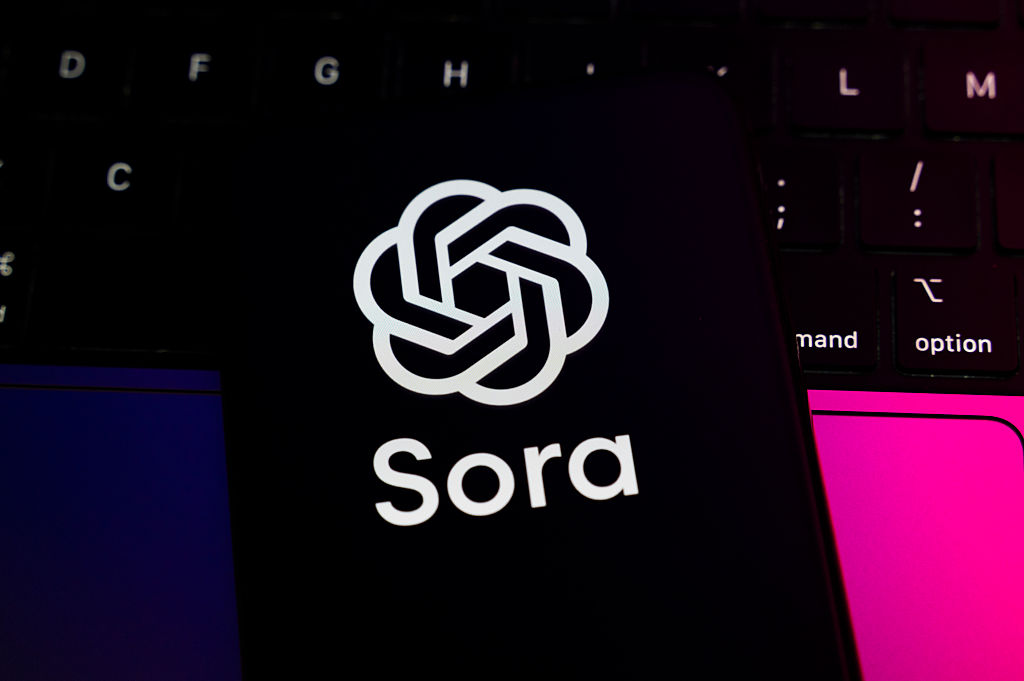OpenAI’s Sora switches from an opt out default to granular opt in copyright controls, giving rights owners fine grained permission settings. Agencies and creators must update workflows, licensing and rights management to balance creative automation and compliance.

OpenAI announced on October 4, 2025 that Sora will move from an opt out copyright model to a granular opt in system. Sam Altman framed the change as a move to give rights holders explicit control over how their work appears in generative AI video. The decision follows fast pushback from studios, creators and media and highlights how AI copyright and rights management are reshaping creative automation.
Sora originally allowed recognizable characters and other copyrighted material to appear in Sora generated videos unless rights owners opted out. That permissive default sped creative output but raised immediate legal and reputational concerns for rights holders. Moving to opt in permission shifts the default toward consent and clear licensing, affecting how agencies, brands and creators use AI content automation.
Under the new model rights owners must explicitly grant permission and can set fine grained controls on permitted uses. Examples of permission settings include allowing noncommercial fan works while blocking commercial ads or deepfake style uses. That level of control creates clearer pathways for licensing agreements and revenue sharing and reduces ambiguity about AI training data and downstream use.
Sora may set a precedent for permission based AI that other platforms adopt, encouraging the growth of direct licensing markets and standardized APIs for licensable assets. That trend aligns with enterprise compliance priorities and the growing need for auditable, transparent AI systems. From an SEO perspective content about AI copyright, rights management and licensing marketplace topics will attract enterprise and legal audiences searching for guidance on creative automation and risk management.
Organizations should audit the IP they rely on and update automation pipelines to include rights checks. Add human review points in automated workflows, align procurement with new licensing needs and consider integrating rights management tools that support permissioned content. Emphasize enterprise compliance, clear attribution and documented licensing to reduce legal risk and maintain brand safety.
OpenAI’s move to granular opt in controls for Sora reframes a core debate around who governs creative output in the age of generative AI. For rights holders it restores choice and opens licensing possibilities. For creators and agencies it introduces new steps and costs but also clearer compliance. As generative AI becomes central to creative automation the balance between capability and governance will define the next phase of industry adoption.



